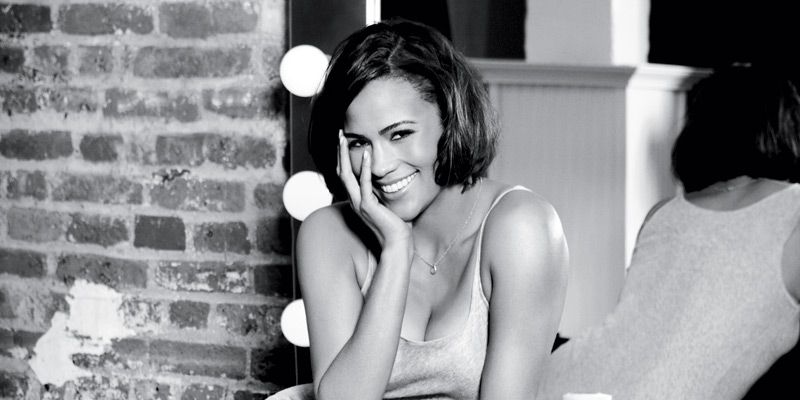The limits of ancestry DNA tests, explainedPosted in Articles, Health/Medicine/Genetics, Media Archive, Videos on 2021-11-08 21:04Z by Steven |
The limits of ancestry DNA tests, explained
Vox
2019-01-28
Brian Resnick, Science Reporter
Danush Parvaneh/Vox
23andMe wants to sell you vacations based on your DNA. But what are they really basing that on?
Identical twins have virtually identical DNA. So you’d think if a set of twins both sent in a DNA sample for genetic ancestry testing, they’d get the exact same results, right?
Not necessarily, according to a recent investigation by the Canadian Broadcasting Corporation. In fact, the journalists demonstrated that twins don’t often get the same results from a single company. And across the industry, estimates of where an individual’s ancestors lived can differ significantly from company to company.
In one instance, the consumer genetics company 23andMe told one twin she was 13 percent “Broadly European.” The other twin’s test, meanwhile, showed she had just 3 percent “Broadly European” ancestry, and had more DNA matched to other, more specific regions in Europe. What’s more, when the twins had their DNA tested by five companies, each one gave them different results.
One computational biologist told the CBC that the differences in the results were “mystifying.”
So what accounts for these differences? Overall, discrepancies in ancestry testing don’t mean that genetic science is a fraud, and that the companies are just making up these numbers. They have more to do with the limitations of the science and some key assumptions companies make when analyzing DNA for ancestry…
Read the entire article here.


